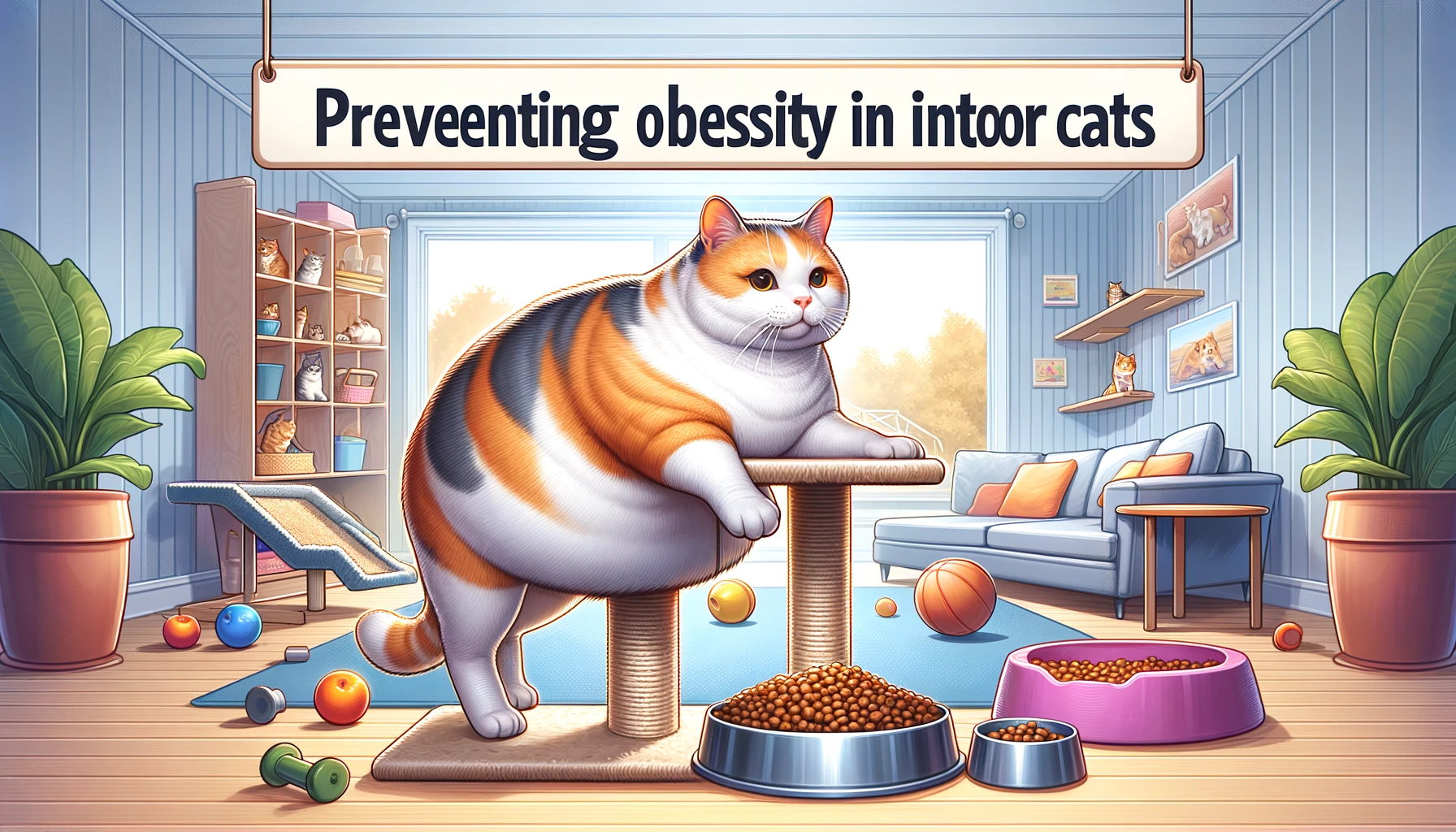Introduction to Preventing obesity in indoor cats
Overview of Obesity in Indoor Cats
Preventing obesity in indoor cats has emerged as a prevalent health concern, affecting a significant portion of the feline population. Many indoor cats lead sedentary lifestyles, compounded by overfeeding and poor dietary choices, leading to excessive weight gain. This condition not only compromises their physical health, making them prone to diseases such as diabetes, arthritis, and hepatic lipidosis but also affects their overall quality of life. The confined spaces of indoor living, coupled with the lack of natural stimuli for hunting and playing, exacerbate this issue, making weight management a crucial aspect of indoor cat care.
Importance of Maintaining a Healthy Weight
Maintaining a healthy weight is vital for indoor cats. It significantly reduces their risk of developing obesity-related health issues, enhances mobility and energy levels, and contributes to a longer, happier life.
Understanding Cat Obesity
What is Obesity in Cats?
Obesity in cats is defined as the accumulation of excessive body fat that risks their health, typically when a cat’s body weight is at least 20% higher than its optimal weight. This condition is not merely about aesthetic concerns; it is a serious health issue that can significantly affect a cat’s lifespan and quality of life. Obesity can lead to various health problems, including diabetes mellitus, joint and mobility issues, and cardiovascular diseases, making it imperative for cat owners to recognize and address this condition early.
Causes of Obesity in Indoor Cats
The primary causes of obesity in indoor cats include overfeeding, lack of physical activity, and an imbalance between calorie intake and expenditure. Many indoor cats have constant access to food, leading to overeating, and their indoor environment often lacks sufficient space and stimuli for exercise. Additionally, neutering or spaying can decrease metabolic rates, contributing to weight gain if not countered with diet adjustment and increased physical activity.

